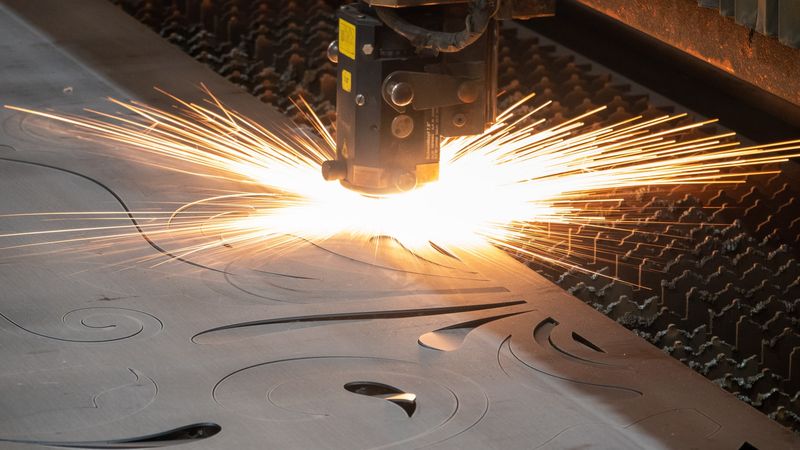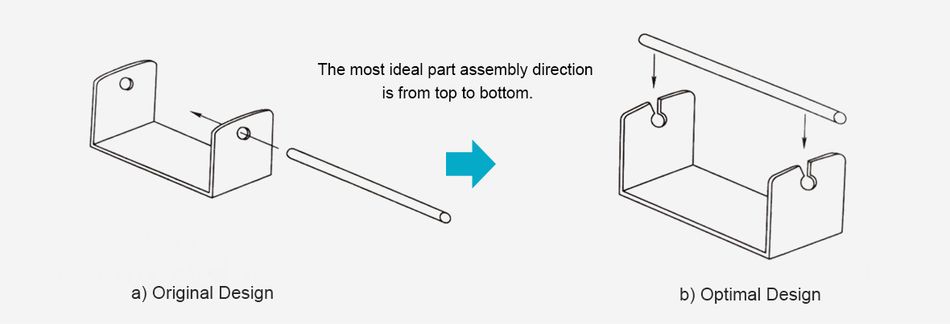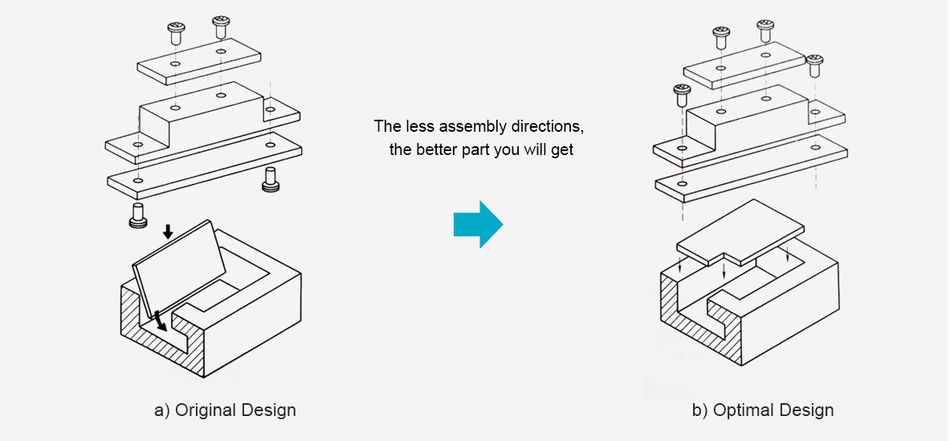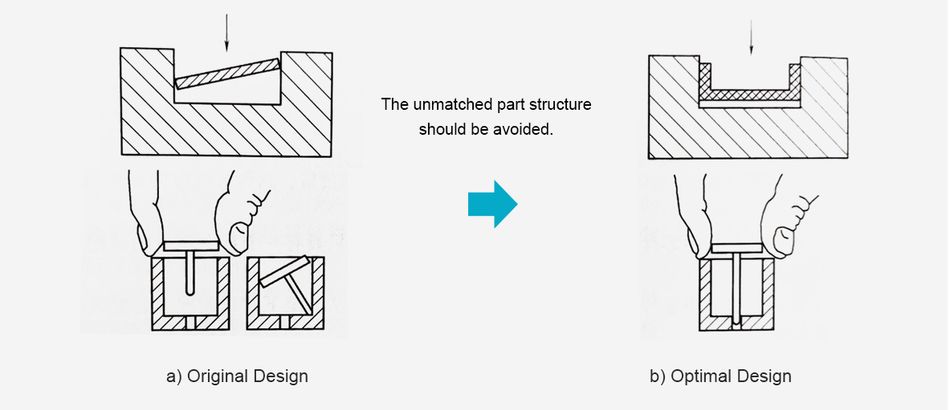One More Consideration for Your Part Design - Assembly
The earlier you start thinking about application in the design process, the more effective and economical your finished design will be. This design tip will help you keep in mind a frequently overlooked consideration — Assembly.

Say thanks 🙌 Give a shoutout to Clayton Cardinalli on social or copy the text below to attribute. Photo by Clayton Cardinalli on Unsplash
The earlier you start thinking about application in the design process, the more effective and economical your finished design will be. This design tip will help you keep in mind a frequently overlooked consideration — Assembly. Designing your part to facilitate the assembly, you will get an effective and economical manufacturing process and the finished parts.
1. Assembly Direction
The part constructure should be reasonable, like the part assembly direction is from top to bottom, so under the action of gravity, the part will be easily put in the scheduled position. However, the assembly direction from bottom to top will overcome the gravity, and external force will be involved to locate the part. It is the least time-efficient assembly direction and may broke the part.

2. The Less Assembly Directions
The less assembly directions of a part, the better. The most ideal is there is only one assembled direction on product. The multiple assembled directions can make part move and rotate in assembling, further decrease assembly efficiency, and generate quality issue while part collides the operating floor.

3. The Unmatched Part Structure In Assembling
The unmatched part structure may get the part stuck in assembling, further decrease assembled efficiency, and generate quality issues.

The unmatched part structure may get the part stuck in assembling, further decrease assembled efficiency, and generate quality issues.